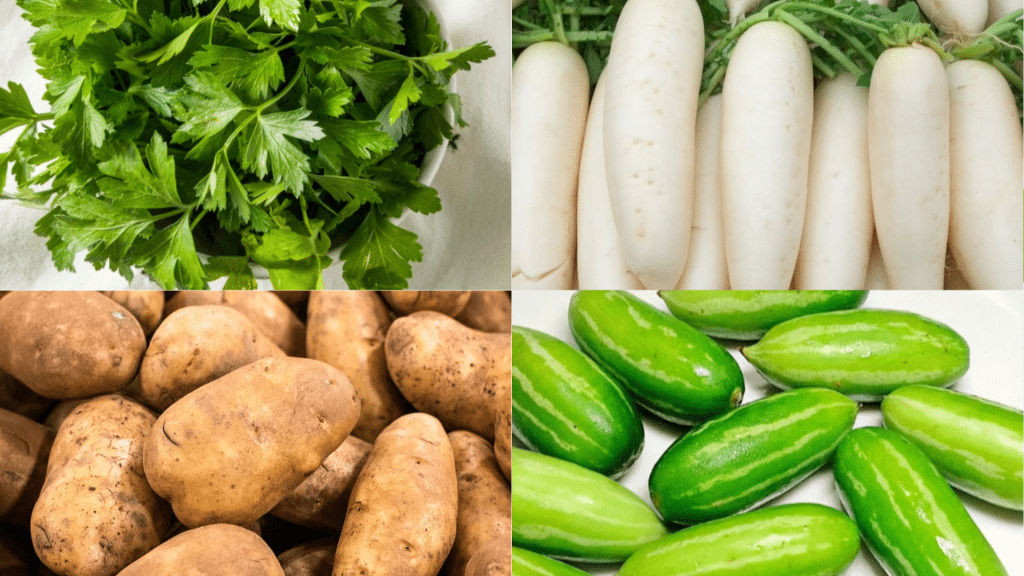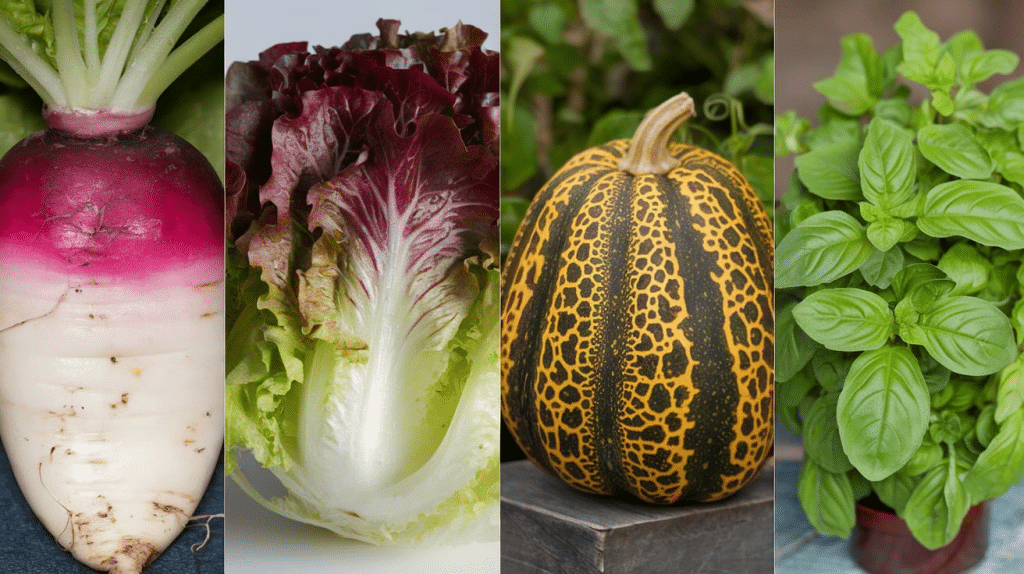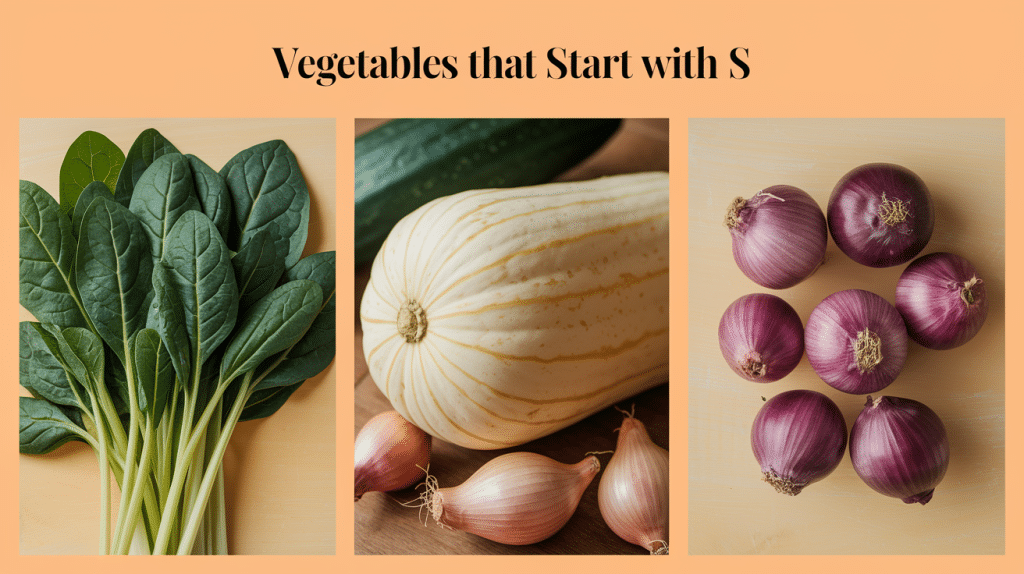Now Reading: 21 Fruit Names that Start with H: A Complete List
-
01
21 Fruit Names that Start with H: A Complete List
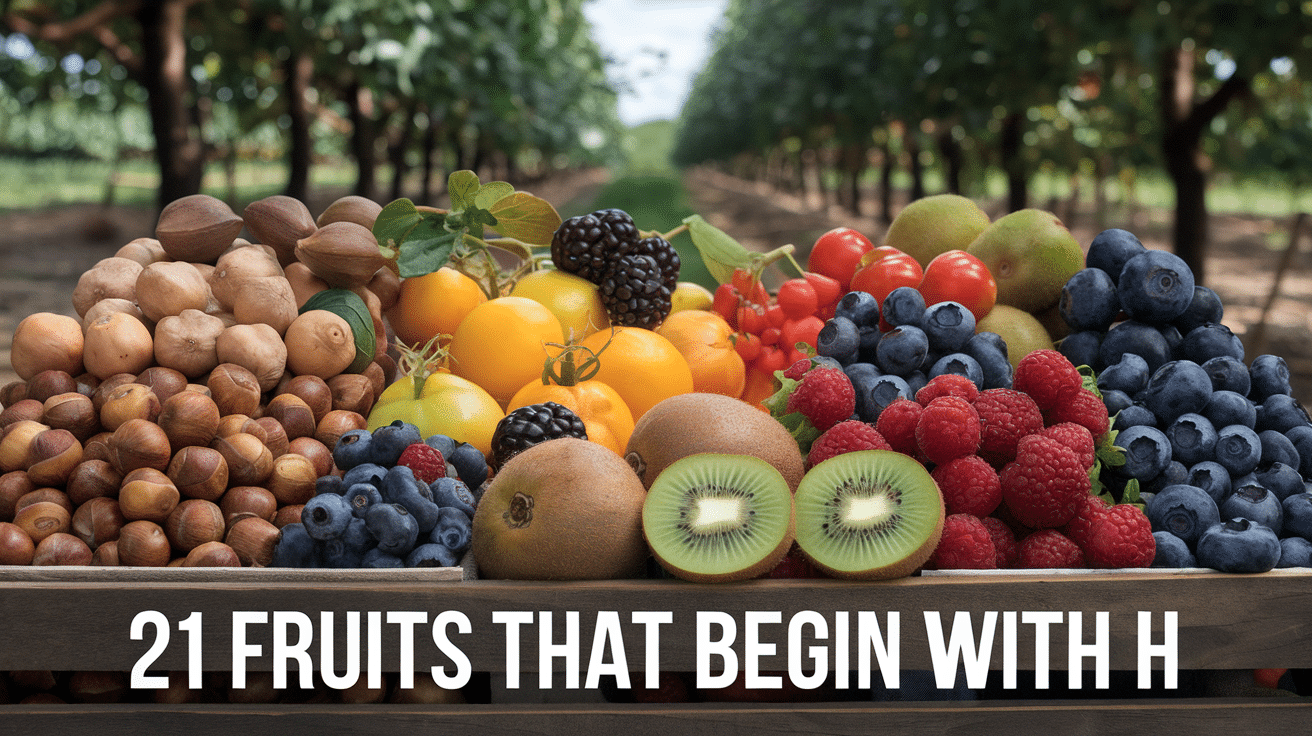
21 Fruit Names that Start with H: A Complete List
Many fruits worldwide start with the letter H, from the sweet, juicy honeydew melon found in grocery stores to lesser-known varieties growing in distant corners of the globe.
While you might know a handful of these fruits, others could be completely new.
These H-named fruits come in many shapes, sizes, and colors. Some are small berries that fit in your palm, while others are large, spiky fruits that need both hands to hold.
Their flavors range from sugary-sweet to slightly sour, and their uses vary too – some are eaten fresh, others are cooked in dishes, and many are turned into jams or juices.
Let’s look at 21 different fruits that begin with H, including both common varieties you can find at your local market and unique ones that might make you want to plan a trip to try them.
Fruits That Begin With H
1. Hala Fruit
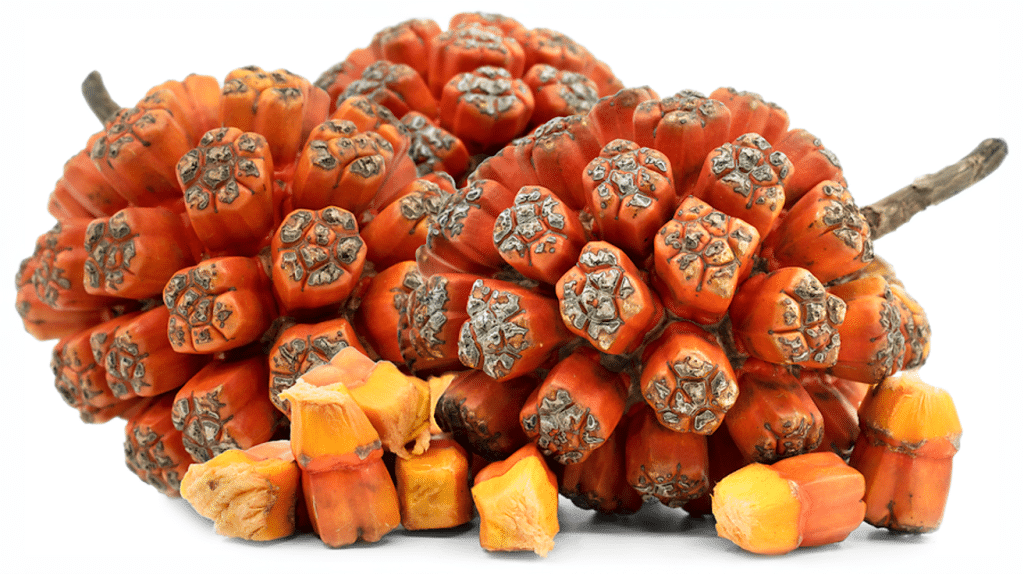
- Scientific Name: Pandanus tectorius
- Origin: Southeast Asia and the Pacific Islands
- Appearance & Taste: Large segmented fruit with a mildly sweet taste, similar to a blend of pineapple and mango.
| Nutritional Benefits | Culinary Uses | Harvesting Season | Growing Conditions |
| High in fiber and vitamin C | Eaten raw, juiced, or made into desserts | Summer months | Thrives in tropical climates with sandy soils |
Fun Facts:
- The edible part is hidden inside long fibrous segments, which must be chewed to extract the juice.
- Some Pacific Island communities use dried fruit as a natural dye.
2. Hog Plum
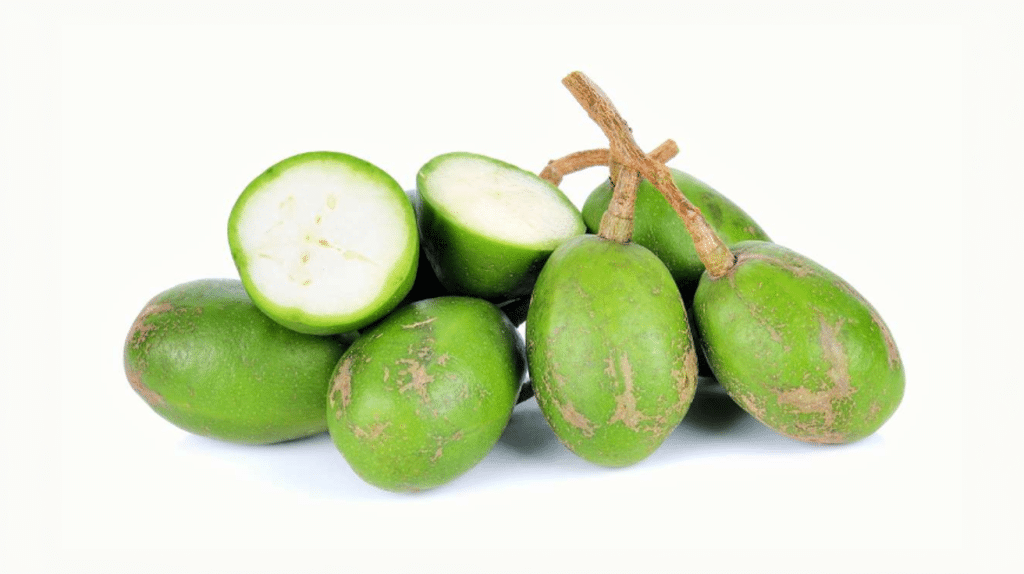
- Scientific Name: Spondias mombin
- Origin: Tropical Americas and West Africa
- Appearance & Taste: Small yellow or purple fruit with a tangy, sour taste.
| Nutritional Benefits | Culinary Uses | Harvesting Season | Growing Conditions |
| High in vitamin C and antioxidants | Used in juices, jams, and pickled dishes | Summer | Thrives in warm, tropical climates |
Fun Facts:
- Unripe hog plums are often used as a souring agent in Mexican cuisine.
- The bark and leaves of the tree are used in traditional medicine.
3. Hazelnut
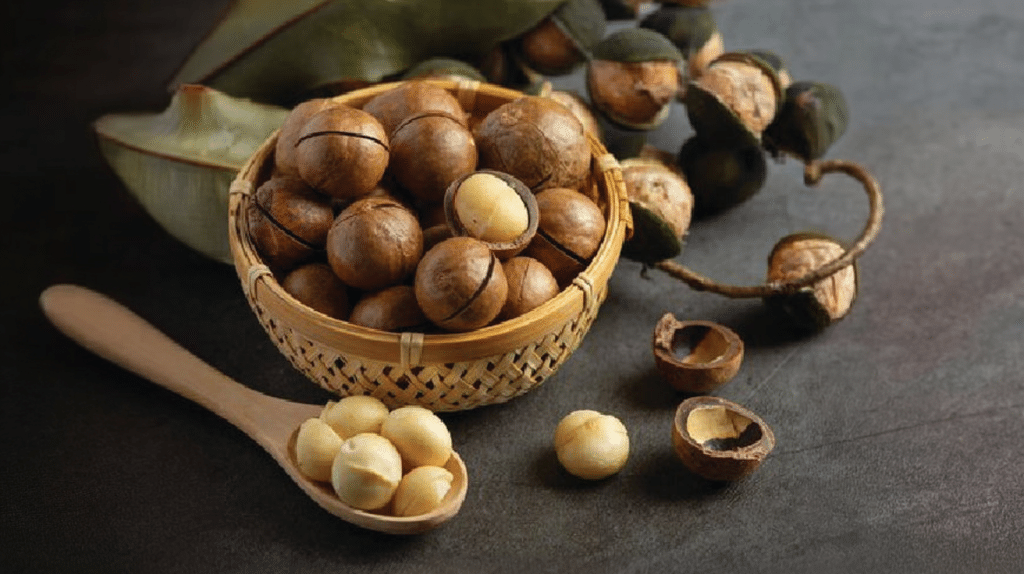
- Scientific Name: Corylus avellana
- Origin: Europe, North America, and Asia
- Appearance & Taste: Small, round nut with a rich, buttery flavor.
| Nutritional Benefits | Culinary Uses | Harvesting Season | Growing Conditions |
| Rich in healthy fats and vitamin E | Used in chocolates, spreads, and baking | Late summer to early fall | Prefers temperate climates with well-drained soil |
Fun Facts:
- Hazelnuts are the key ingredient in Nutella.
- The tree’s pollen is wind-pollinated, making it highly allergenic for some people.
4. Hardy Kiwi
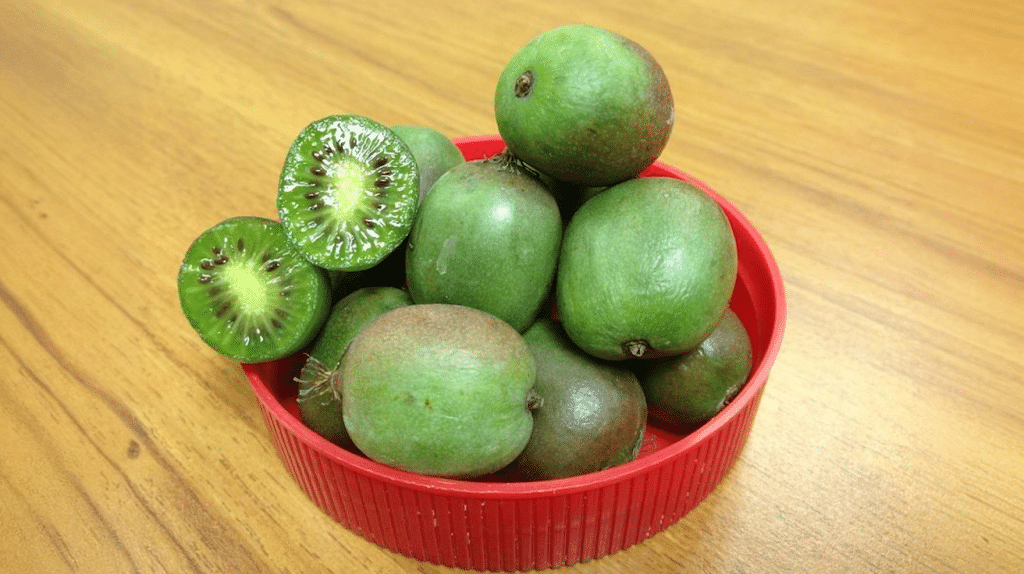
- Scientific Name: Actinidia arguta
- Origin: East Asia
- Appearance & Taste: Small, smooth-skinned kiwi with a sweeter taste than traditional kiwis.
| Nutritional Benefits | Culinary Uses | Harvesting Season | Growing Conditions |
| High in vitamin C and fiber | Eaten fresh, added to desserts or salads | Late summer to early fall | Thrives in temperate climates |
Fun Facts:
- Unlike regular kiwis, Hardy Kiwi can be eaten with the skin on.
- It’s also known as “baby kiwi” due to its small size.
5. Horned Melon
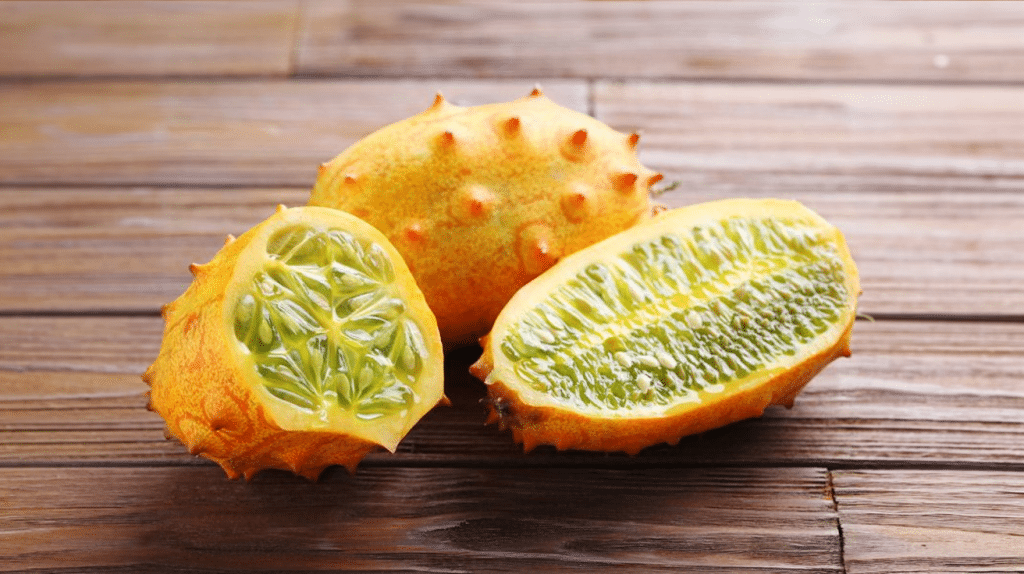
- Scientific Name: Cucumis metuliferus
- Origin: Africa
- Appearance & Taste: Spiky orange fruit with green jelly-like flesh and a mix of cucumber and banana flavors.
| Nutritional Benefits | Culinary Uses | Harvesting Season | Growing Conditions |
| Rich in vitamin C and potassium | Eaten raw, in fruit salads, or as a garnish | Summer | Prefers warm, dry climates |
Fun Facts:
- Also known as Kiwano or Jelly Melon.
- It can be used as a natural hydration source due to its high water content.
6. Honey Locust
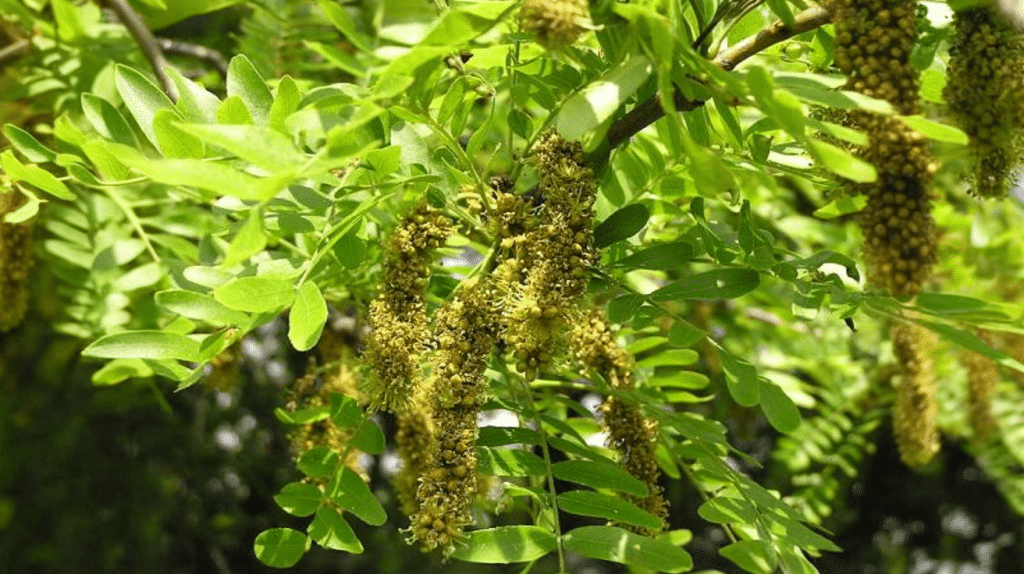
- Scientific Name: Gleditsia triacanthos
- Origin: North America
- Appearance & Taste: Long brown pods containing sweet pulp.
| Nutritional Benefits | Culinary Uses | Harvesting Season | Growing Conditions |
| High in fiber and natural sugars | Used in teas and traditional medicine | Fall | Thrives in temperate climates |
Fun Facts:
- Native Americans used its pods as a natural sweetener.
- The tree has sharp thorns that can grow up to 20 cm long.
7. Honeyberries

- Scientific Name: Lonicera caerulea
- Origin: Russia and Japan
- Appearance & Taste: Small blue elongated berries with a mix of blueberry and raspberry flavors.
| Nutritional Benefits | Culinary Uses | Harvesting Season | Growing Conditions |
| High in antioxidants and vitamin C | Used in jams, pies, and eaten fresh | Late spring to early summer | Prefers cool climates |
Fun Facts:
- Also called “Haskap Berries” in Japan.
- Some say they taste like a blend of blueberries, kiwi, and grapes.
8. Hawthorn Fruit
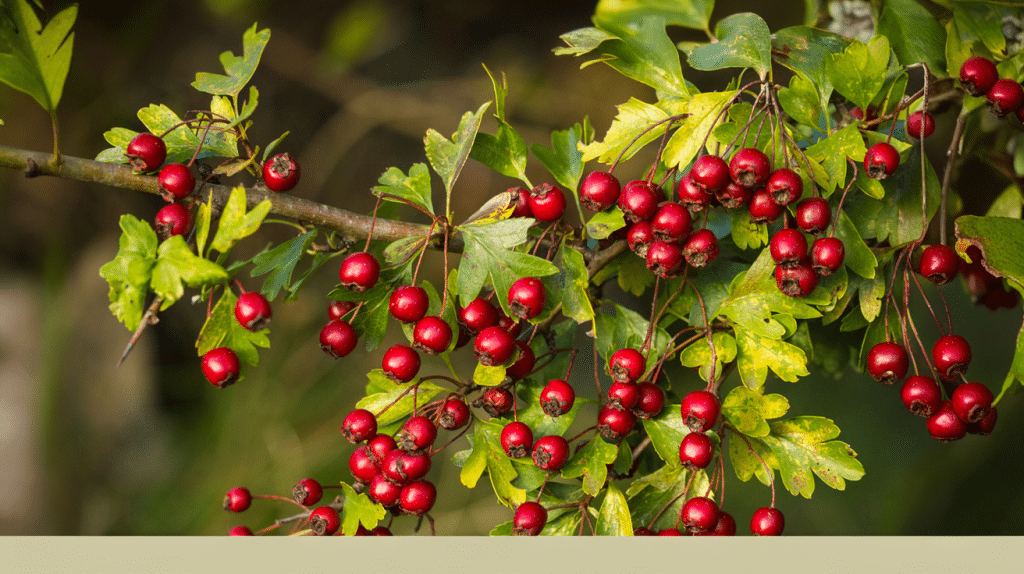
- Scientific Name: Crataegus species
- Origin: Europe, North America, and Asia
- Appearance & Taste: Small red berries with a tart, slightly sweet flavor.
| Nutritional Benefits | Culinary Uses | Harvesting Season | Growing Conditions |
| High in antioxidants and heart-healthy compounds | Used in jams, jellies, and herbal teas | Fall | Prefers temperate regions with well-drained soil |
Fun Facts:
- Traditionally used in Chinese medicine for heart health.
- The berries are often made into syrup for herbal remedies.
9. Honeydew
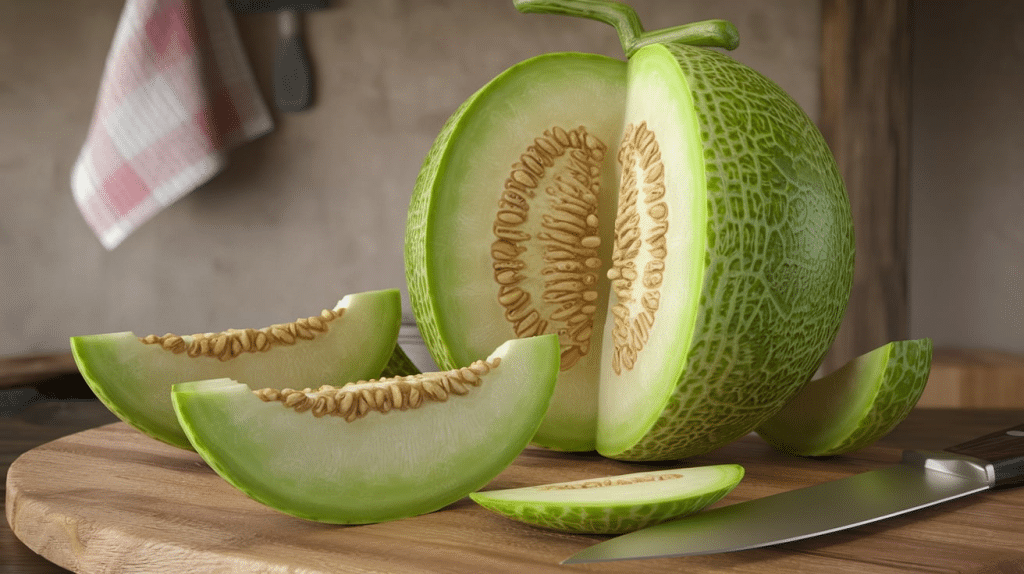
- Scientific Name: Cucumis melo
- Origin: Middle East and North Africa
- Appearance & Taste: Smooth-skinned melon with pale green, juicy, sweet flesh.
| Nutritional Benefits | Culinary Uses | Harvesting Season | Growing Conditions |
| High in vitamin C and hydration | Eaten fresh, in fruit salads, or blended into juices | Summer | Thrives in warm, sunny climates |
Fun Facts:
-
- Honeydew melons were once considered sacred food in Ancient Egypt.
- 90% of the fruit is water, making it a great hydrating snack.
10. Huckleberry
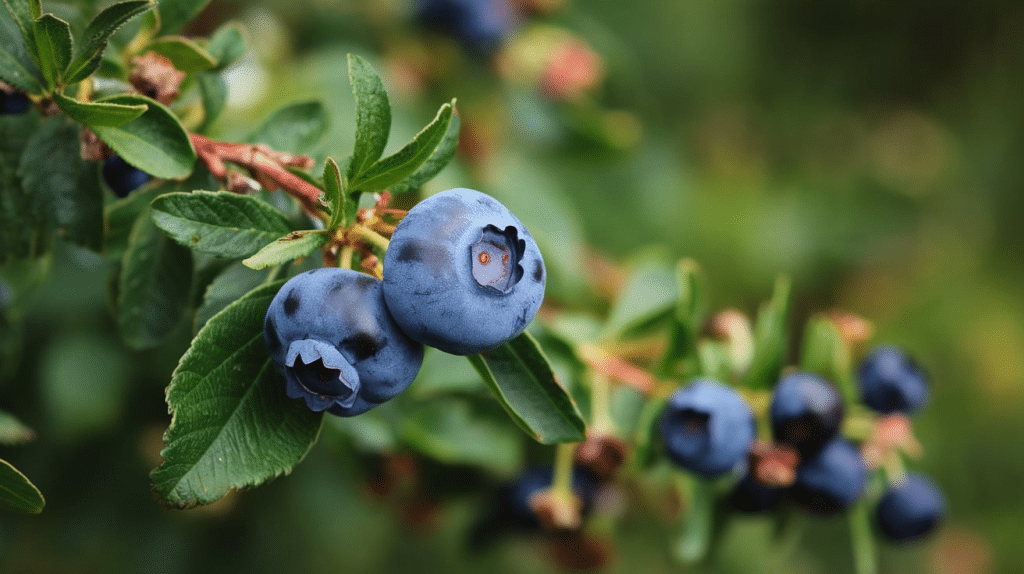
-
-
- Scientific Name: Vaccinium species
- Origin: North America
- Appearance & Taste: Small, round, deep-purple berries with a sweet and slightly tart taste.
-
| Nutritional Benefits | Culinary Uses | Harvesting Season | Growing Conditions |
| High in antioxidants and vitamin C | Used in jams, pies, and ice creams | Late summer | Grows in acidic soil in mountainous regions |
Fun Facts:
-
-
- Huckleberries only grow in the wild and are difficult to cultivate.
- The berries are a favorite snack for bears in the wild.
-
11. Heirloom Tomato
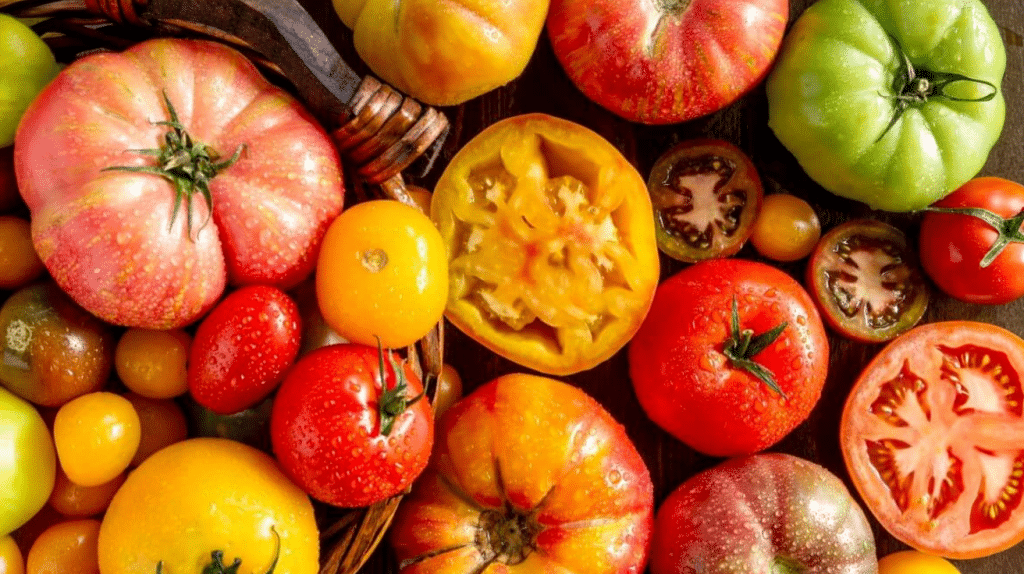
-
-
- Scientific Name: Solanum lycopersicum
- Origin: South America
- Appearance & Taste: It comes in various shapes and colors and is often sweeter than regular tomatoes.
-
| Nutritional Benefits | Culinary Uses | Harvesting Season | Growing Conditions |
| High in lycopene and vitamin A | Used in salads, sauces, and sandwiches | Summer | Prefers warm temperatures with full sun exposure |
Fun Facts:
-
-
- Unlike commercial tomatoes, heirloom varieties are passed down through generations.
- They come in vibrant colors, including purple, yellow, and green.
-
12. Hyuganatsu
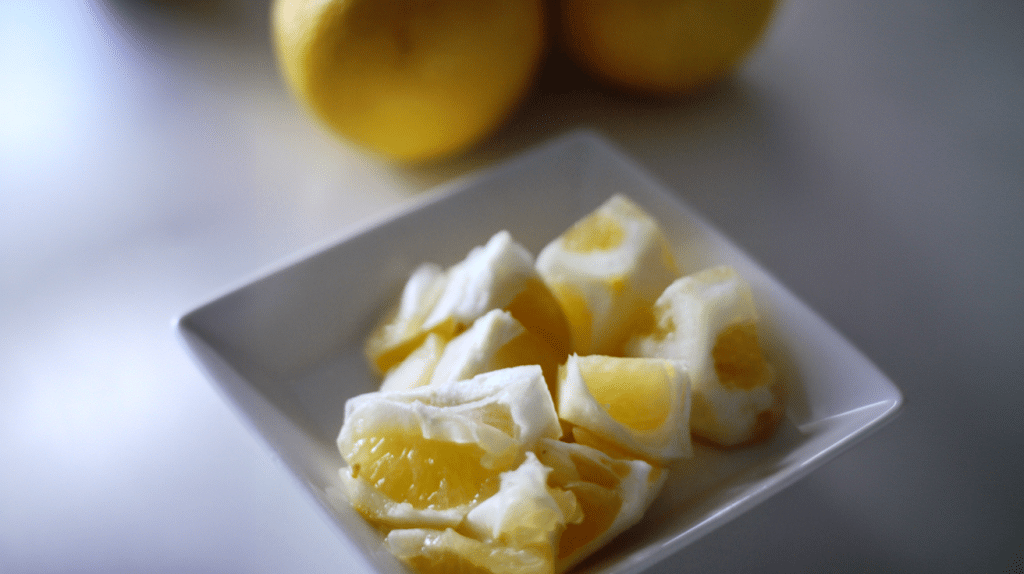
-
-
- Scientific Name: Citrus tamurana
- Origin: Japan
- Appearance & Taste: Medium-sized citrus fruit with a sweet and slightly sour taste.
-
| Nutritional Benefits | Culinary Uses | Harvesting Season | Growing Conditions |
| High in vitamin C and antioxidants | Used in fresh eating, juices, and desserts | Spring to early summer | Thrives in mild, temperate climates |
Fun Facts:
-
-
- Unlike most citrus fruits, Hyuganatsu is eaten along with its pith.
- It is believed to be a natural hybrid of yuzu and pomelo.
-
13. Huito
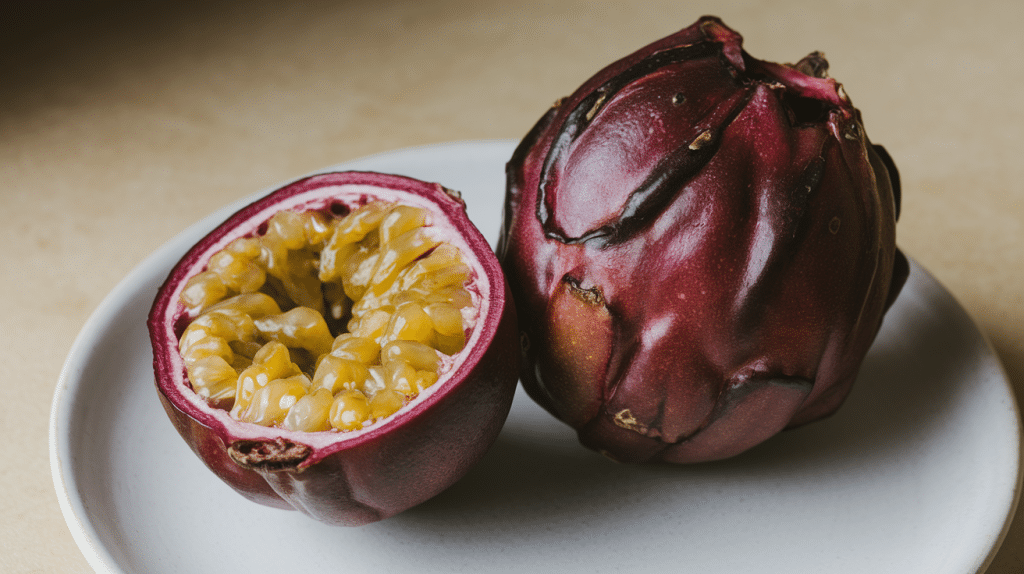
-
-
- Scientific Name: Genipa americana
- Origin: South America and the Caribbean
- Appearance & Taste: Dark purple or black fruit with juicy, tangy pulp.
-
| Nutritional Benefits | Culinary Uses | Harvesting Season | Growing Conditions |
| Rich in vitamin C and iron | Used in jams, syrups, and juices | Late summer | Prefers tropical rainforests |
Fun Facts:
-
-
- When exposed to air, the fruit’s juice turns dark blue, making it a natural dye.
- It has been traditionally used for body painting and textiles.
-
14. Hackberry
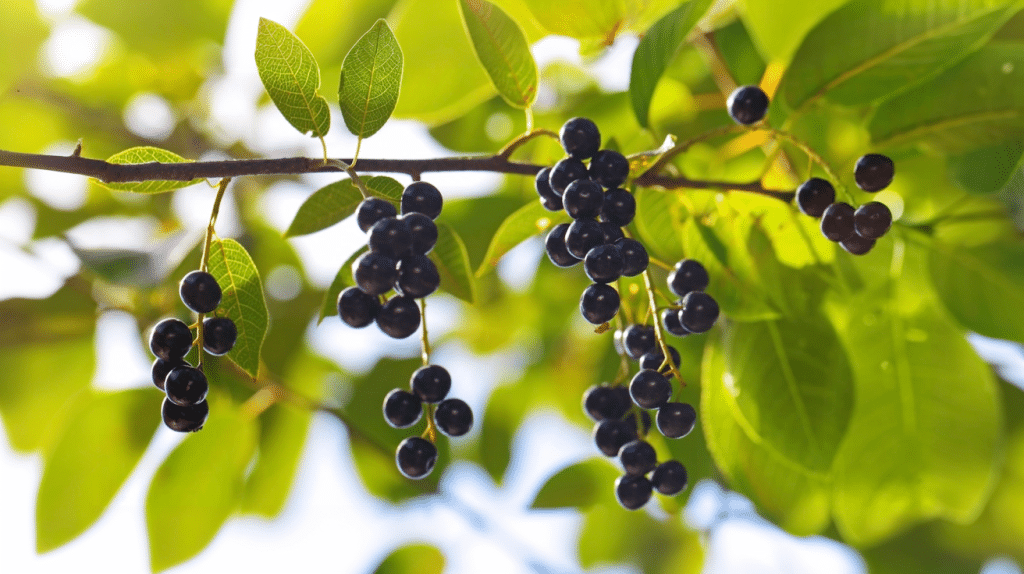
-
-
- Scientific Name: Celtis occidentalis
- Origin: North America
- Appearance & Taste: Small, crunchy berries with a nutty flavor.
-
| Nutritional Benefits | Culinary Uses | Harvesting Season | Growing Conditions |
| High in protein and healthy fats | Used in jams, trail mixes, and eaten raw | Fall | Grows in dry and rocky soils |
Fun Facts:
-
-
- Hackberries were a key food source for Native Americans.
- Fossilized remains of these berries have been found in ancient cave dwellings.
-
15. Himalayan Mulberry
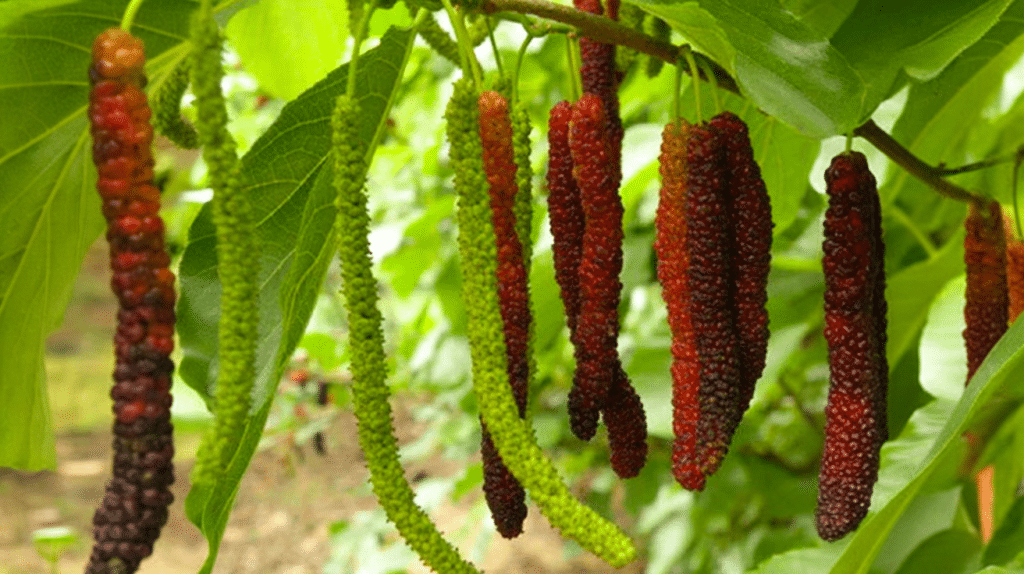
-
-
- Scientific Name: Morus macroura
- Origin: Himalayan region of India and China
- Appearance & Taste: Long, dark purple mulberries with a sweet and tangy taste.
-
| Nutritional Benefits | Culinary Uses | Harvesting Season | Growing Conditions |
| High in antioxidants and vitamin K | Used in jams, desserts, and dried as snacks | Late spring | Grows well in temperate climates |
Fun Facts:
-
-
- The mulberry trees can grow up to 40 feet tall.
- Dried Himalayan mulberries taste like natural candy.
-
16. Highbush Blueberry
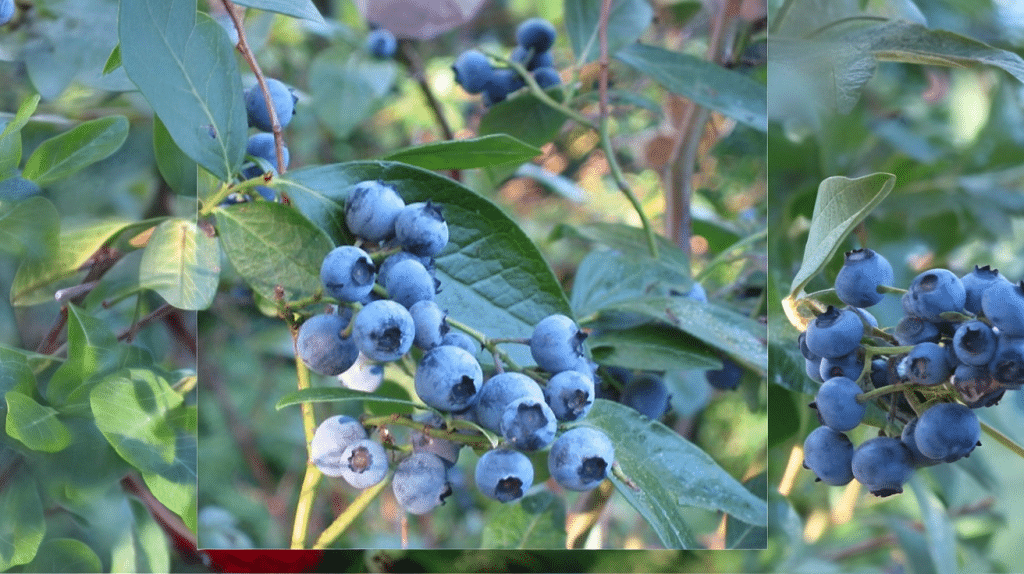
-
-
- Scientific Name: Vaccinium corymbosum
- Origin: North America
- Appearance & Taste: Larger than wild blueberries, with a juicy and mildly sweet flavor.
-
| Nutritional Benefits | Culinary Uses | Harvesting Season | Growing Conditions |
| High in antioxidants and fiber | Used in pies, muffins, and fresh eating | Summer | Prefers acidic, well-drained soil |
Fun Facts:
-
-
- Blueberries are one of the few fruits native to North America.
- The plant can live for up to 50 years.
-
17. Highbush Cranberry
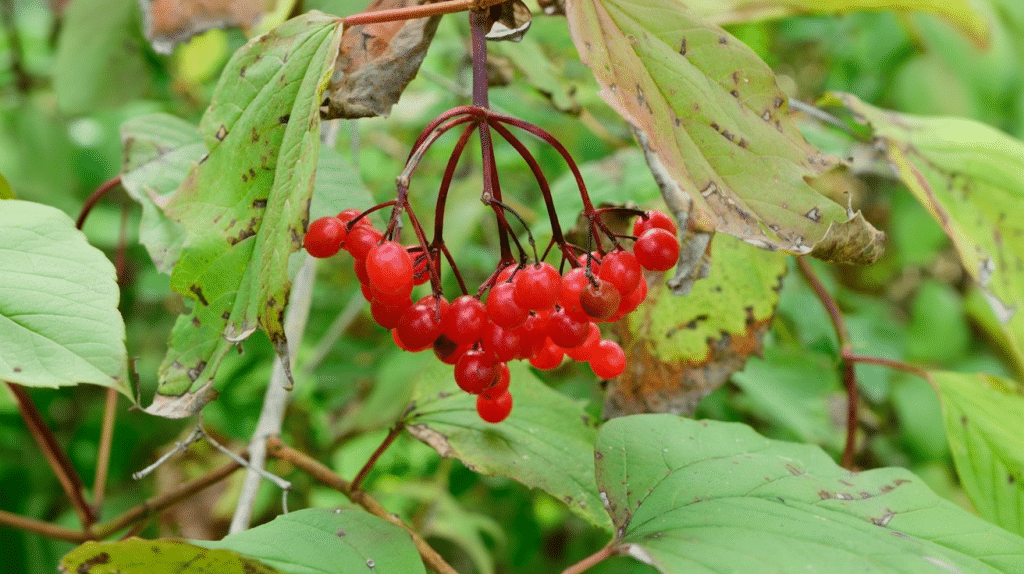
-
-
- Scientific Name: Viburnum trilobum
- Origin: North America
- Appearance & Taste: Small, red, tart berries.
-
| Nutritional Benefits | Culinary Uses | Harvesting Season | Growing Conditions |
| High in vitamin C and antioxidants | Used in jellies, sauces, and wines | Fall | Grows in cold climates with moist soil |
Fun Facts:
-
-
- Despite its name, it is not a true cranberry.
- The tart flavor makes it a great substitute for regular cranberries.
-
18. Honey Crisp Apple
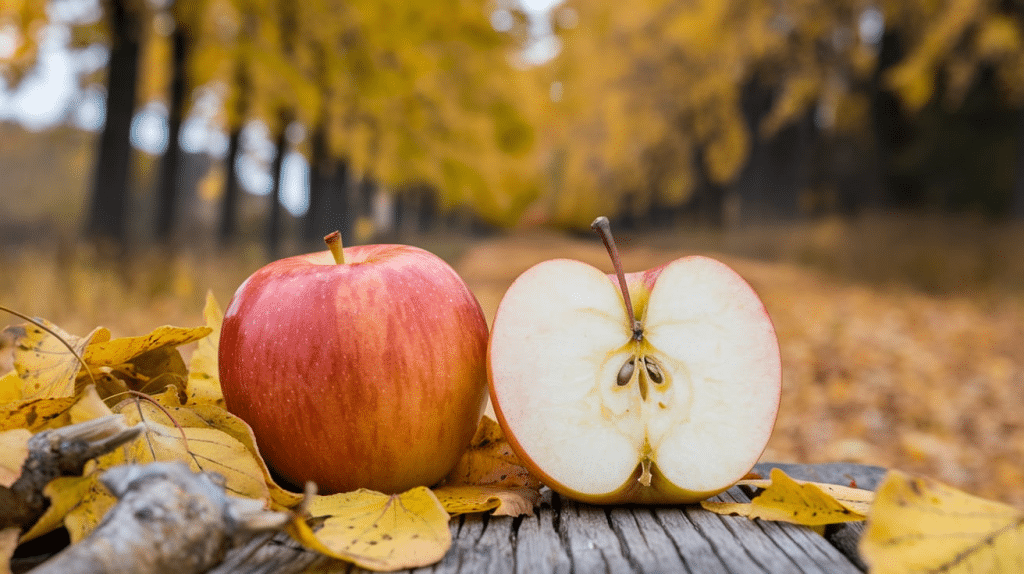
-
-
- Scientific Name: Malus domestica
- Origin: United States
- Appearance & Taste: Large, crisp apple with a perfect balance of sweetness and tartness.
-
| Nutritional Benefits | Culinary Uses | Harvesting Season | Growing Conditions |
| High in fiber and vitamin C | Eaten fresh, baked, or used in cider | Fall | Prefers cool climates with well-drained soil |
Fun Facts:
-
-
- The University of Minnesota developed it in the 1960s.
- Honey Crisp apples stay fresh longer than most apple varieties.
-
19. Honeysuckle Berry
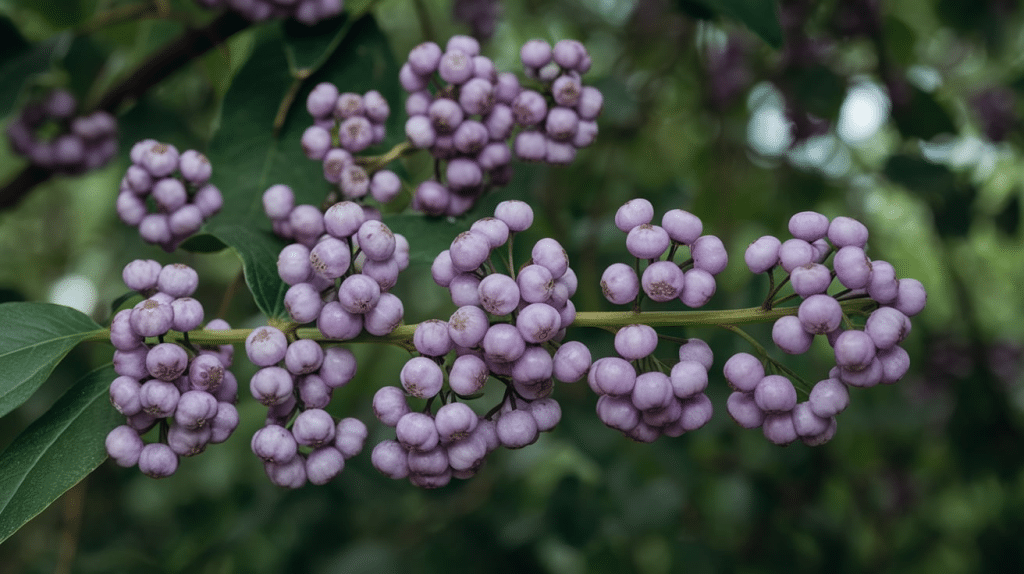
-
-
- Scientific Name: Lonicera species
- Origin: Northern Hemisphere
- Appearance & Taste: Small blueberries with a sweet and tangy flavor.
-
| Nutritional Benefits | Culinary Uses | Harvesting Season | Growing Conditions |
| Rich in vitamin C and anthocyanins | Used in jams, syrups, and desserts | Spring to early summer | Thrives in cool temperate climates |
Fun Facts:
-
-
- Not all honeysuckle species produce edible berries.
- The berries are commonly used in Japanese and Russian cuisine.
-
20. Husk Tomato
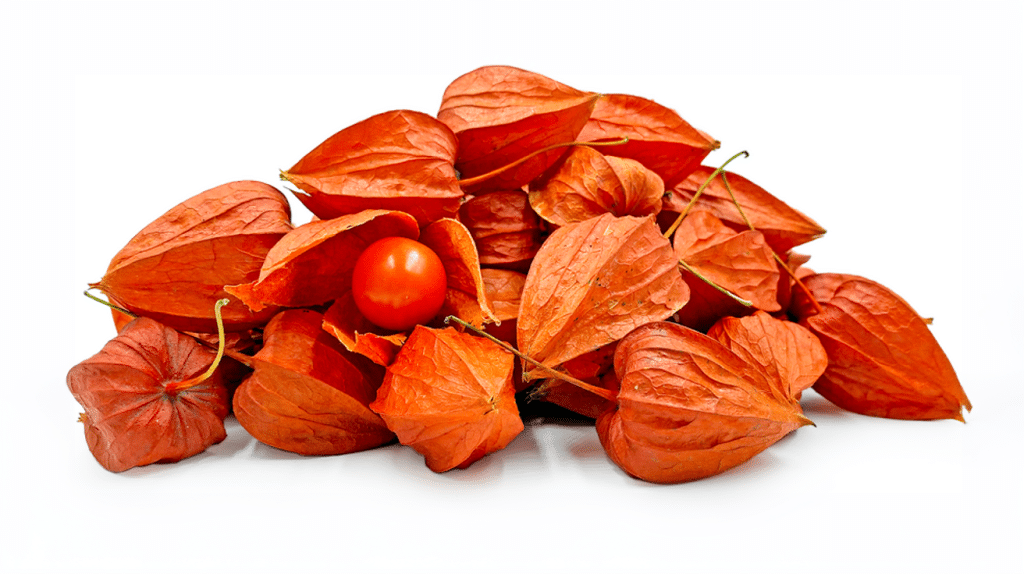
-
-
- Scientific Name: Physalis pruinosa
- Origin: Americas
- Appearance & Taste: Small, golden fruit inside a papery husk with a citrusy, tropical taste.
-
| Nutritional Benefits | Culinary Uses | Harvesting Season | Growing Conditions |
| High in vitamin A and niacin | Used in jams, pies, and salsas | Late summer | Prefers warm, sunny conditions |
Fun Facts:
-
-
- Also called “ground cherry.”
- It is related to tomatillos but has a sweeter taste.
-
21. Hawaiian Mountain Apple
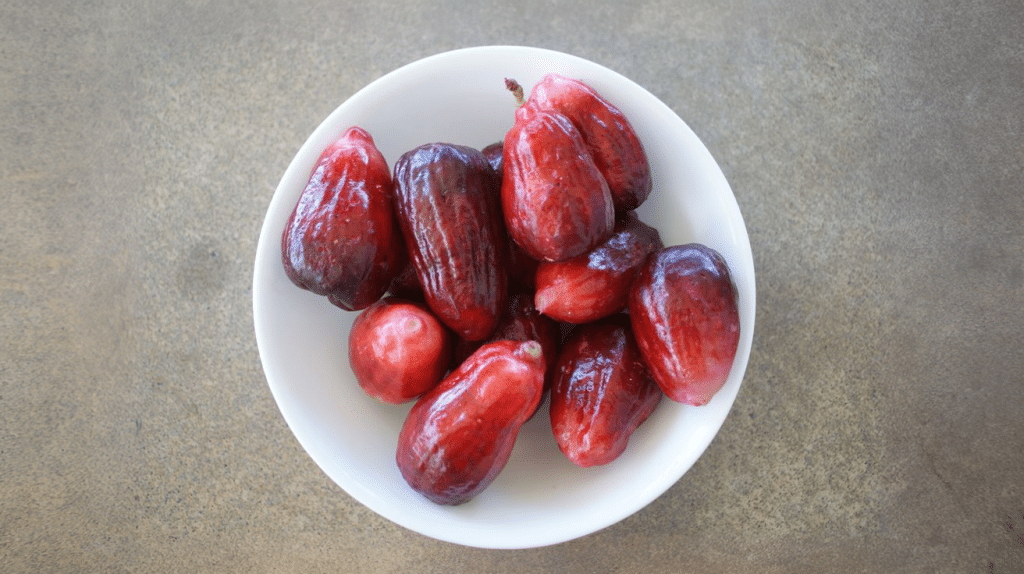
-
-
- Scientific Name: Syzygium malaccense
- Origin: Southeast Asia, introduced to Hawaii by Polynesians
- Appearance & Taste: Bell-shaped fruit with bright red or pink skin and crisp, mildly sweet flesh.
-
| Nutritional Benefits | Culinary Uses | Harvesting Season | Growing Conditions |
| High in vitamin C and fiber | Eaten fresh, used in jams, or added to fruit salads | Summer | Prefers warm, humid climates |
Fun Facts:
-
-
- Also known as Ohi’a ‘ai in Hawaiian.
- The tree is considered sacred in some Pacific Island cultures.
-
Wrapping it Up!
These 21 fruits that start with H show us how varied nature’s food can be. From the widely available honeydew melon to the less familiar horned melon, each fruit brings its flavors, textures, and uses to the table.
Some of these fruits might be sitting in your kitchen right now, while others could become new additions to your shopping list.
Each one offers different health benefits and can add variety to your meals – whether you eat them fresh, add them to recipes, or use them in drinks and preserves.
Watch for these H-named fruits next time you’re at a market or traveling somewhere new. You might spot one you’ve never tried before, which makes exploring fruits fun.
There’s always something new to taste and enjoy.

















